The OnePlus 15 has officially arrived, and let me tell you, it's got the tech world talking for all the right reasons, and some of the wrong ones too. This is not just another incremental update. OnePlus has positioned this flagship as a serious performance monster that directly challenges established players like Samsung and Apple, shifting the value equation in premium smartphones.
What's particularly compelling is the timing. The device will launch globally on November 13, which places it right in the holiday rush and early 2026 upgrade cycles. Here's where it gets interesting. OnePlus has delivered some genuinely transformative hardware upgrades that could reset expectations around battery life and performance, and it has also made strategic compromises that signal a shift in brand priorities.
What makes the OnePlus 15's performance so compelling?
Let's break down why the OnePlus 15 feels like a powerhouse, because these are not small tweaks, they are strategic moves that could force competitors to react. At the heart of everything is Qualcomm's new Snapdragon 8 Elite Gen 5 chip, built on a 3nm process, but the real story is how OnePlus has squeezed every bit of performance from it. Early testing reveals benchmark scores of 3,836 single-core and 12,352 multi-core, which places it ahead of current flagship competitors and even projected iPhone 17 Pro Max performance.
The thermal management system might be the standout. OnePlus has implemented Glacier Supercritical Aerogel insulation and a larger vapor chamber, aerospace-grade material typically used in rocket engines. This is not marketing hyperbole. OnePlus claims an 18°C drop in core temperature, which translates to sustained gaming, consistent camera processing, and high-performance computing without aggressive throttling.
PRO TIP: For power users who rely on intensive apps like video editing or 3D gaming, this thermal advantage means you can hold peak performance through long sessions, not just the first 10 to 15 minutes.
Here's the strategic masterstroke: leaked UK pricing suggests the 16GB/512GB variant will cost £950, representing a £50 reduction from the OnePlus 13's launch price. Aggressive pricing plus top-tier performance puts direct pressure on Samsung's Galaxy S26 plans.
How does the massive battery change the game?
This is where the OnePlus 15 goes from evolutionary to revolutionary and tackles daily charging anxiety head on. We're looking at a 7,300mAh dual-cell lithium-carbon battery, a massive 21% increase over the 6,000mAh battery in the OnePlus 13. Capacity is only half the story.
The silicon-carbon chemistry enables higher energy density without a big hit to thickness or weight. Think of it this way, you're getting laptop-class endurance in a phone. Paired with the Snapdragon 8 Elite Gen 5's efficiency gains, the device is expected to provide enough power for at least two full days of regular use.
That opens up new habits: long travel days without hunting for outlets, weekend trips with the charger left at home, or back-to-back video calls without battery anxiety. The OnePlus 15 can be charged from 0–100% fast charging (region varies; OnePlus lists 80W on its global site; in China/selected SKUs wired charging up to 120W has been reported), and maintains 50W wireless charging (reported for some regions); comparative claims to rivals should be removed or footnoted with specific test data.
PRO TIP: Business travelers can work an entire international flight, navigate a new city after landing, then head to dinner with charge left. That changes how you plan a day.
What's controversial about the design changes?
Here's the contentious bit. OnePlus looks ready to step away from design cues that fans considered part of its identity. The most visible shift drops the signature circular camera housing in favor of a square camera module that takes cues from recent Google Pixel designs. Critics have not held back, with some arguing that OnePlus has abandoned its last three years of design work in favor of what can only be described as "just another Android phone".
The alert slider removal might be the biggest strategic change. The feature has been a staple of OnePlus smartphone design since the beginning, a quick flick to silence or ring that felt uniquely OnePlus. The new Plus Key is customizable, but this change represents a slower, less intuitive way to manage notification modes.
The display tells the same story. It delivers a higher 165Hz refresh rate and advanced BOE X3 display material, while the resolution drops from 2K to 1.5K. On top of that, the display diagonal shrinks slightly to 6.78 inches. Clear trade-off, higher refresh and better efficiency at the expense of pixel density.
Taken together, these choices signal a bet on gaming smoothness and battery life over maxed-out display specs. For some buyers, that is the right call. For others, not so much.
Are the camera downgrades worth the trade-offs?
The camera story is the trickiest. OnePlus has built a self-developed imaging engine called OnePlus DetailMaxEngine, stepping away from Hasselblad in favor of its own pipeline. It adds features like an ultra-clear 26MP mode that combines multi-frame 12MP shots with single 50MP high-resolution frames.
Hardware, however, takes a hit. The primary camera sensor size decreases from 1/1.4-inch to 1/1.56-inch, and the periscope telephoto sensor drops from 1/1.95-inch to 1/2.75-inch. Apertures narrow too, the main lens goes from f/1.6 to f/1.8, and the periscope shifts from f/2.6 to f/2.8.
For photography fans, that means tougher low light, less natural background blur, and possibly softer zoom. Ending the Hasselblad partnership also removes color tuning many users grew to like. As one reviewer put it, OnePlus cameras were always just fine before Hasselblad, but once partnered, they improved significantly.
Key question, can computational tricks cover the hardware gaps? The DetailMax Engine promises more natural-looking shots, but only real-world testing will show if software can carry difficult scenes like concerts, sunset portraits, or indoor family gatherings.
Where does this leave OnePlus in the flagship race?
The OnePlus 15 is a clear inflection point. It shows off the brand's strengths, and it exposes the realities of competing at the top end. Enthusiasm is real, survey results show that 71% of over 4,000 respondents are more excited about the OnePlus 15 than any Galaxy S26 model. That excitement tracks with a performance-first pitch and bold pricing.
The flip side, those gains come with calculated trade-offs aimed at keeping costs in check while maximizing metrics that matter to power users and mobile gamers. The company has positioned the OnePlus 15 as a performance-first flagship phone offering an industry-leading gaming experience, which could alienate buyers who preferred the older, more all-around feature set.
Competition does not stand still either. Samsung is still in a league of its own when it comes to software experience, update commitment, and overall polish. So the OnePlus 15 must prove that raw speed and battery life can outweigh ecosystem perks, camera versatility, and long-term support.
Bottom line for different users:
Power users and mobile gamers: The OnePlus 15's thermal management, battery life, and performance make it a compelling pick that can outpace pricier rivals
Photography enthusiasts: The hardware cuts are real, wait for thorough reviews before choosing it over camera-first flagships
OnePlus loyalists: The design shifts and feature removals mark a departure from the brand's heritage, weigh how much those elements matter to you
The OnePlus 15 nails transformative battery life and sustained performance while keeping pricing aggressive. Whether those wins outweigh the controversial design calls and camera compromises comes down to priorities, and to whether OnePlus can prove that these trade-offs ultimately improve the experience.













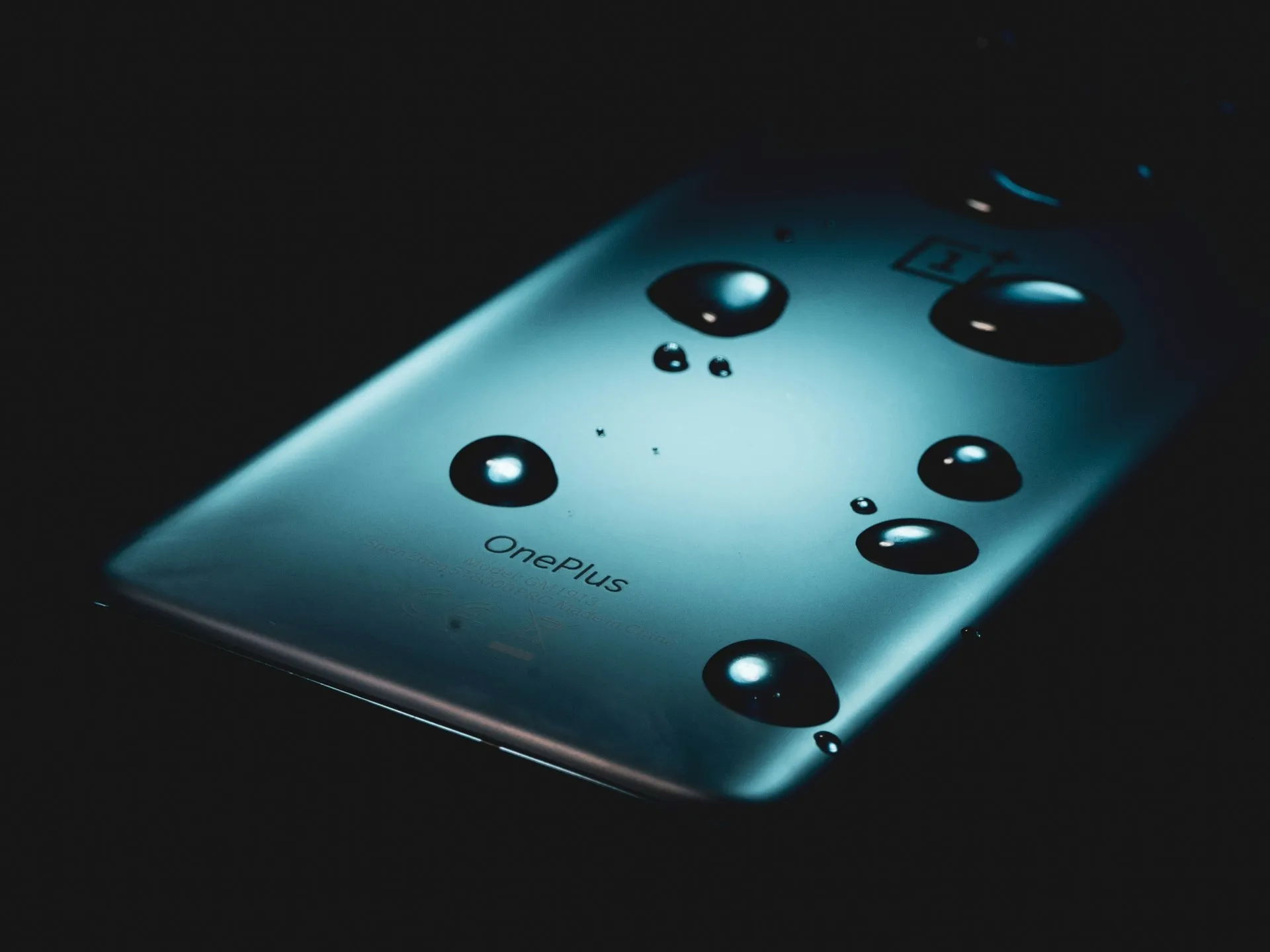




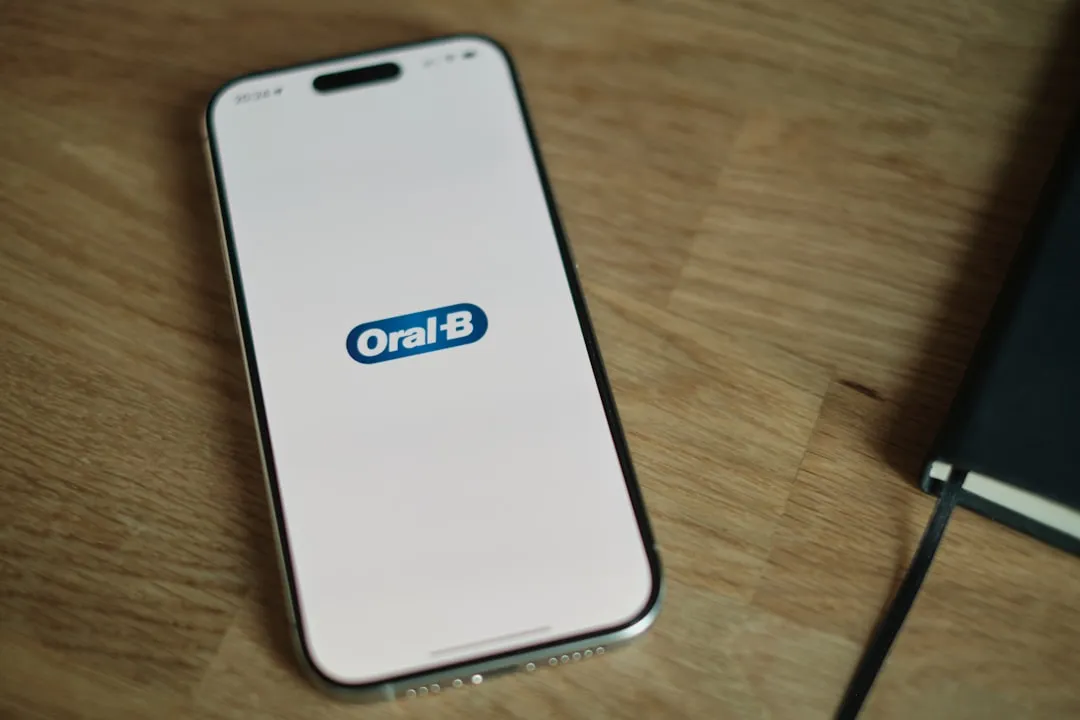
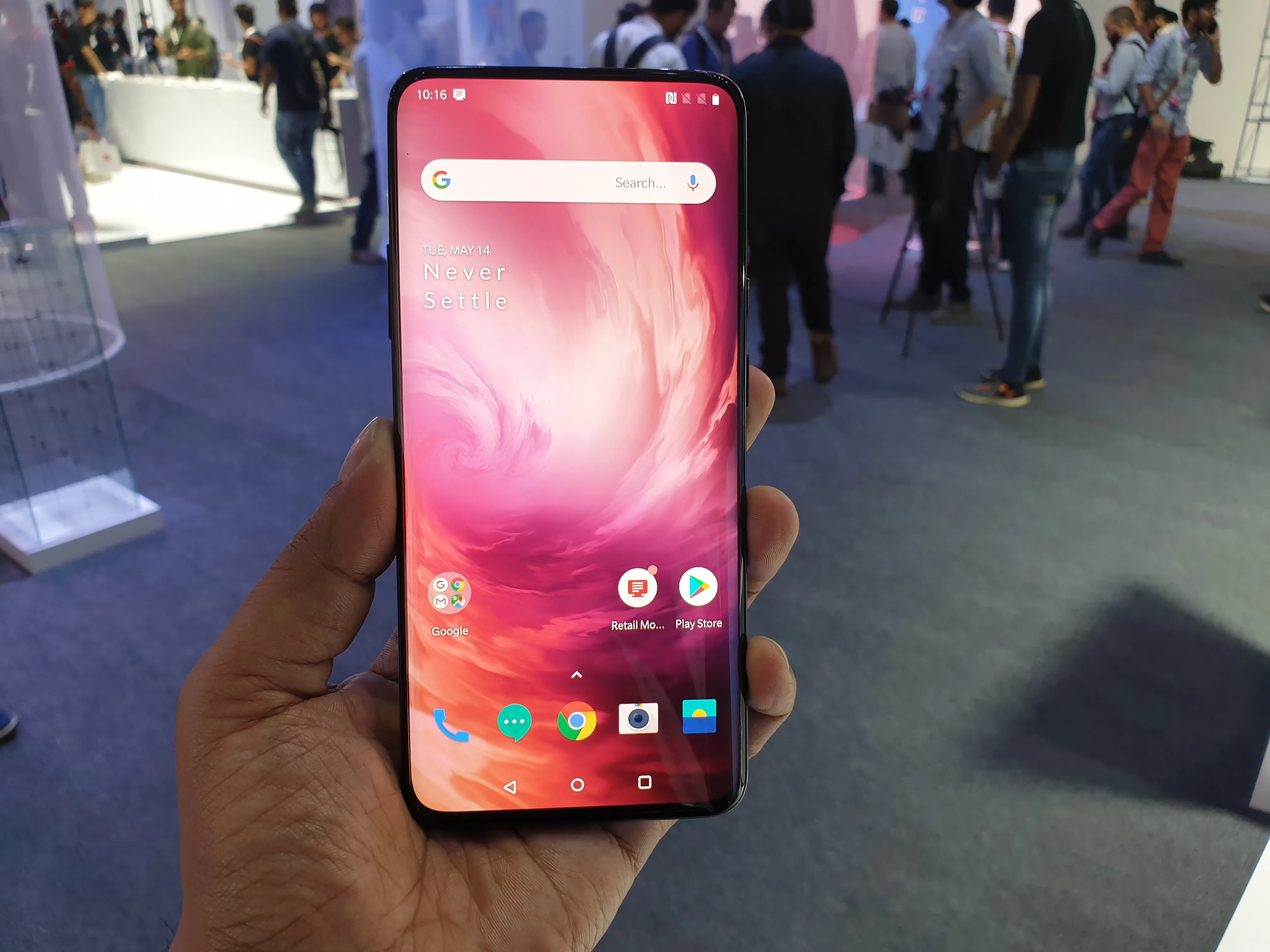
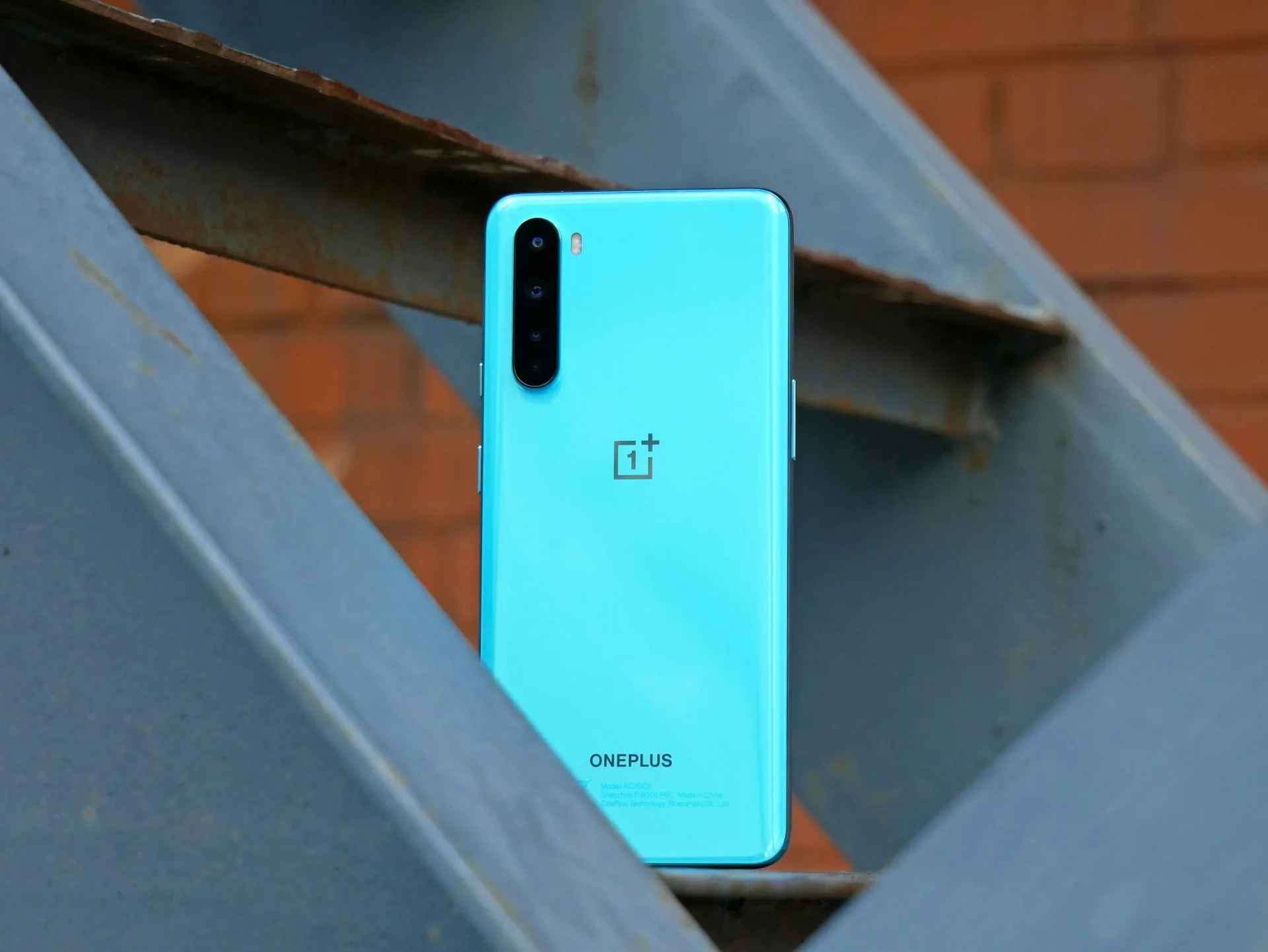




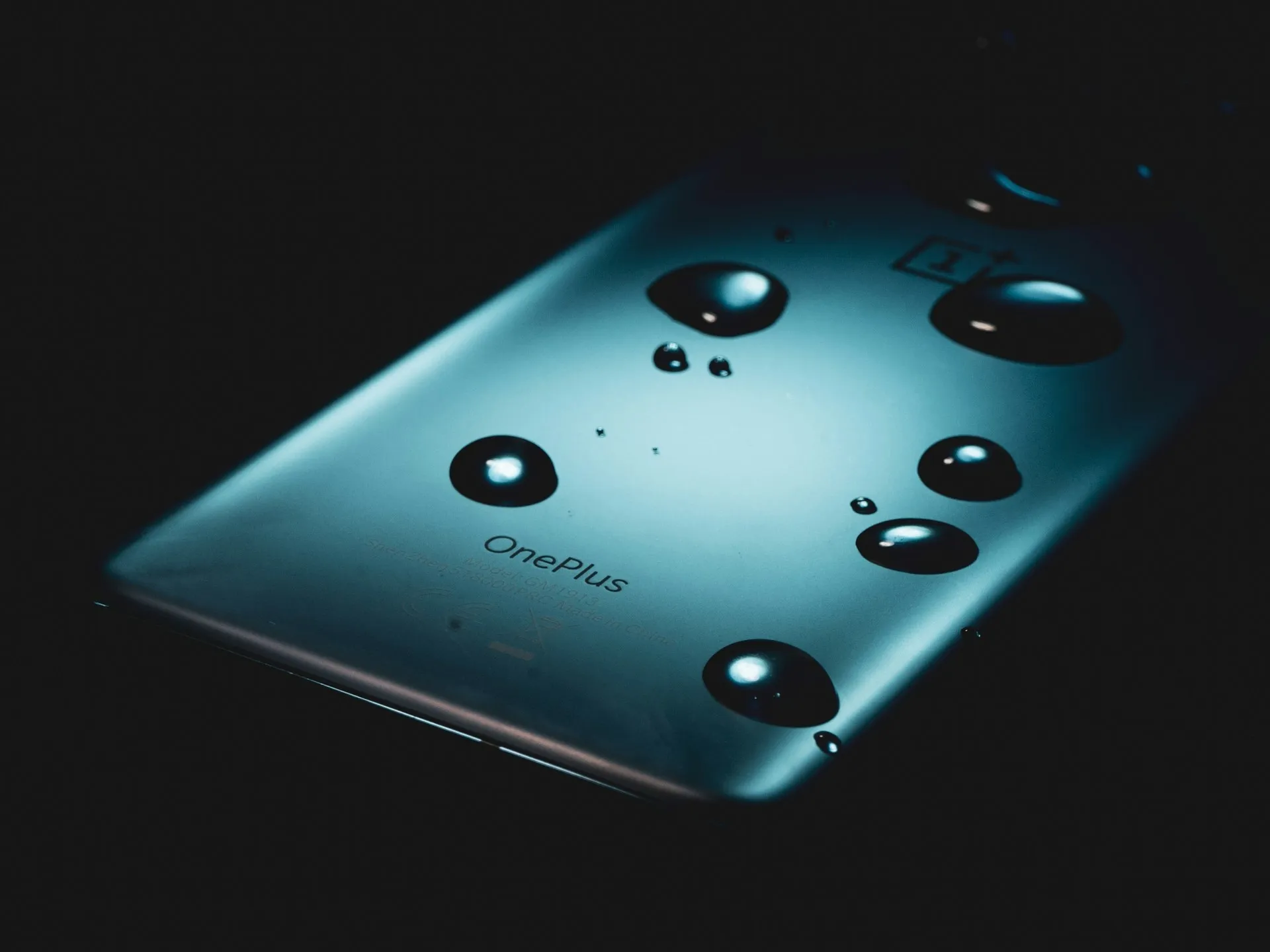
Comments
Be the first, drop a comment!